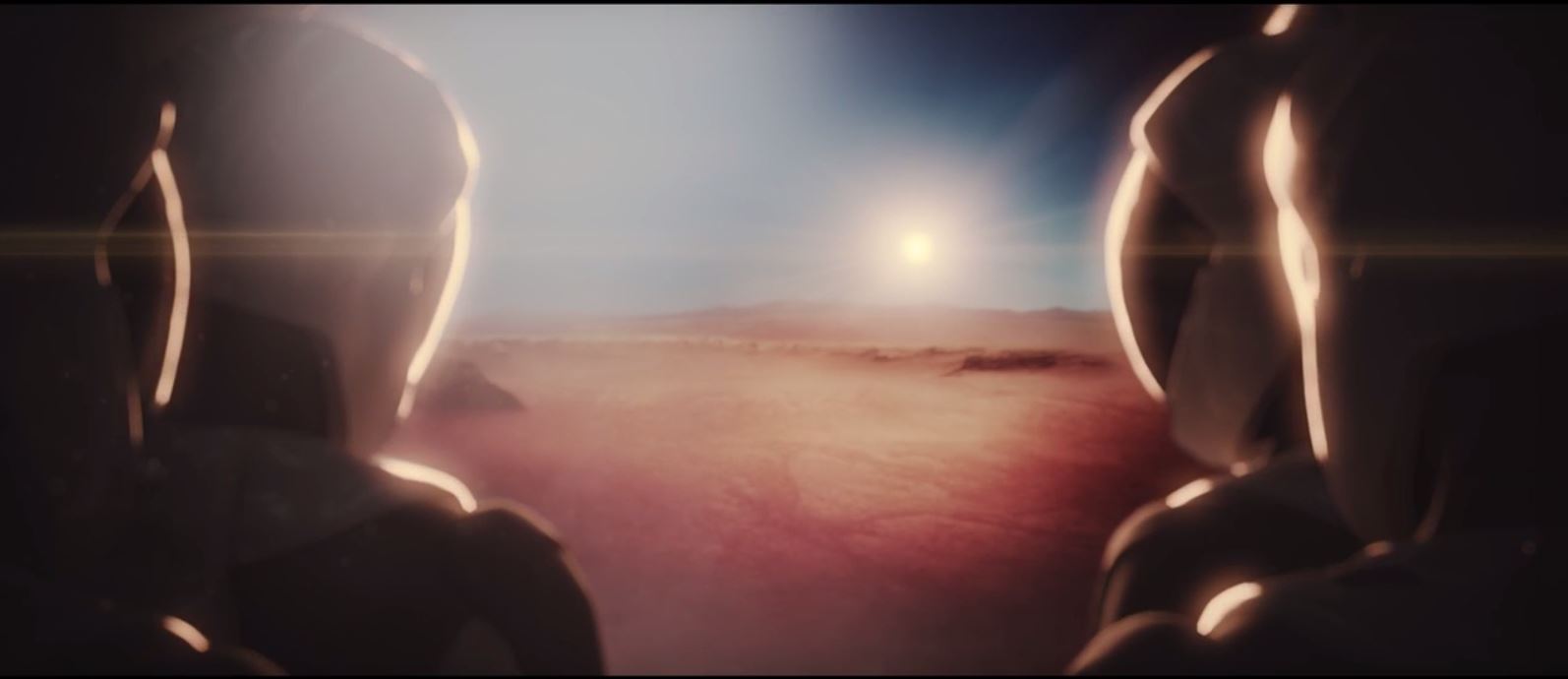Breathtaking Video Shows How SpaceX Will Send People to Mars

Update for 8 pm ET: Read our full story on Elon Musk's Mars Interplanetary Transport ship announcement today here: SpaceX's Elon Musk Unveils Interplanetary Spaceship to Colonize Mars
A breathtaking new video vividly illustrates how billionaire Elon Musk, founder and CEO of the private spaceflight company SpaceX, would like to send humans to Mars.
The gorgeous, computer-animated video will strike a chord with space fans, as it paints a vivid and seemingly realistic picture of humans journeying to the Red Planet. It features a list of specific technologies that could be used in a human mission to Mars, including a launch from Earth and on-orbit spaceship refueling, the use of solar arrays to power the human space capsule, and a booster-powered descent onto the Red Planet.
SpaceX released the video just in time: A few short hours later, Musk revealed the long-awaited details of the company's plans to explore Mars. Musk spoke at the International Astronautical Congress meeting in Guadalajara, Mexico, and was expected to follow his presentation with a news conference. [Slideshow: SpaceX's Interplanetary Transport System for Mars in Images]
The SpaceX video has no narration, but a few subtitles point out the key technologies that Musk may discuss in his talk. In addition, the end of the short movie seems to show the eventual terraforming of the Martian surface, which Musk has said he would like to see happen (perhaps with the aid of nuclear bombs).
Some details have already been made public regarding SpaceX's plan to send robotic probes and, eventually, humans to Mars. (Musk has said repeatedly that he founded the company with the long-term goal of colonizing Mars.) The company is working on a rocket called the Falcon Heavy that would be large enough to send payloads to Mars. The company has also announced plans to send one of its Dragon spacecraft to Mars by as early as 2018.
Follow Calla Cofield @callacofield.Follow us @Spacedotcom, Facebook and Google+. Original article on Space.com.
Get the Space.com Newsletter
Breaking space news, the latest updates on rocket launches, skywatching events and more!
Join our Space Forums to keep talking space on the latest missions, night sky and more! And if you have a news tip, correction or comment, let us know at: community@space.com.

Calla Cofield joined Space.com's crew in October 2014. She enjoys writing about black holes, exploding stars, ripples in space-time, science in comic books, and all the mysteries of the cosmos. Prior to joining Space.com Calla worked as a freelance writer, with her work appearing in APS News, Symmetry magazine, Scientific American, Nature News, Physics World, and others. From 2010 to 2014 she was a producer for The Physics Central Podcast. Previously, Calla worked at the American Museum of Natural History in New York City (hands down the best office building ever) and SLAC National Accelerator Laboratory in California. Calla studied physics at the University of Massachusetts, Amherst and is originally from Sandy, Utah. In 2018, Calla left Space.com to join NASA's Jet Propulsion Laboratory media team where she oversees astronomy, physics, exoplanets and the Cold Atom Lab mission. She has been underground at three of the largest particle accelerators in the world and would really like to know what the heck dark matter is. Contact Calla via: E-Mail – Twitter